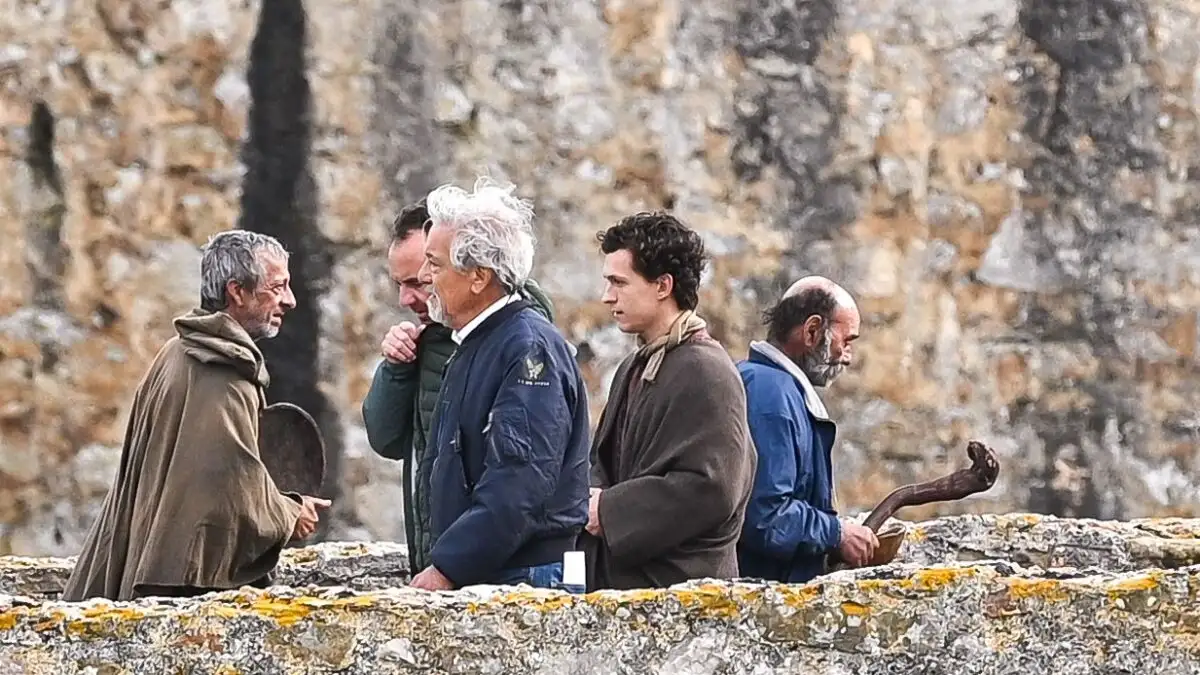Trento, Italy, February 17, 2025 – Archaeologists in Italy have recently uncovered an extraordinary "monumental necropolis" in the northern city of Trento, shedding new light on the region's ancient past. This remarkable discovery, which includes at least 200 tombs, is believed to date back to the early Iron Age, between the 9th and 6th centuries BCE, before the rise of Rome.
The ancient cemetery was uncovered during restoration and development work on a historic building in the area. The excavation, led by Trento’s archaeological heritage office, has been hailed as an "exceptional" find, offering fresh insights into the city's early history.
Preserved by Prehistoric Flooding
Experts believe that prehistoric flooding from nearby rivers played a key role in preserving the site. The floods sealed the tombs under layers of sediment, protecting them over thousands of years. Archaeologists found graves that contained "grave goods"—objects traditionally buried with the deceased—as well as cremated human remains about 8 meters (24 feet) underground.
Revealing Trento's Hidden Past
Francesca Gerosa, Vice President and Provincial Councilor of Culture in Trento, emphasized the significance of this discovery. She noted that the necropolis reveals a new layer of history for the city, showing that Trento was more than just a Roman settlement.
Gerosa expressed her commitment to preserving and researching the region’s heritage, saying, “This is a piece of history previously unknown to the city.”
Intriguing Tombs and Grave Goods
What stands out in this necropolis is its complexity. Archaeologists found tall limestone pillars marking individual graves, much like headstones, with each pillar corresponding to a lithic box used as the actual tomb. One prominent tomb was covered with a mound, and multiple graves were concentrated in the surrounding area.
Inside the tombs, archaeologists found earth and cremated bones, although not always in the ossuary vases commonly used by the Romans for ashes. In some tombs, they discovered fibers that likely came from fabric that originally wrapped the deceased's ashes.
Cultural Influences and Possible Connections to Etruscans
The "grave goods" uncovered at the site included decorative items, weapons made from metal, and objects crafted from amber and glass. These findings suggest that the people who built the Trento necropolis were culturally connected to other Italic groups of the time.
Franco Marzatico, the excavation leader, speculated that the settlers who built the necropolis may have played a role in the rise of the Etruscan civilization that later flourished in the Alps. He described the tombs as representing the elite class, reflecting power, privilege, and status in the society of the time.
4o mini







